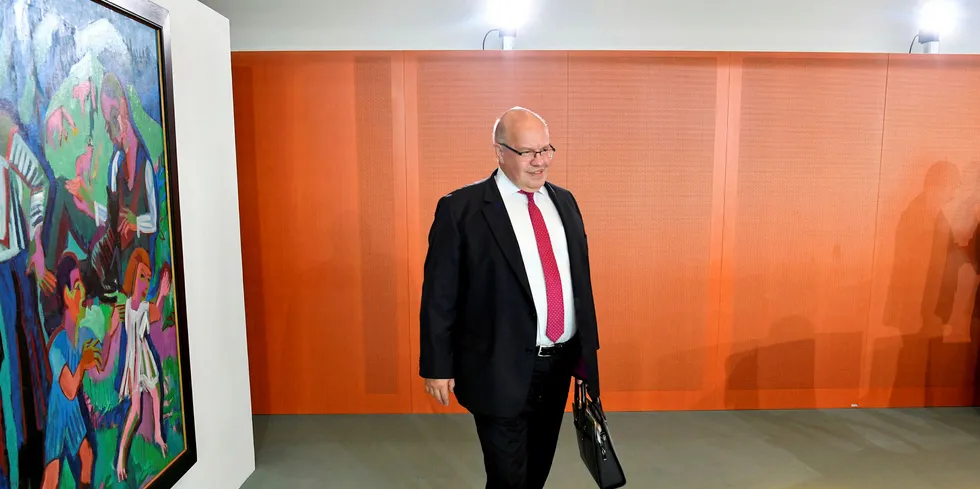Germany eyes repowering and PPAs as support cut-off looms for 16GW of wind power
Energy minister Altmaier promises solution by Christmas for wind farms losing FITs after 20 years of EEG support

Energy minister Altmaier promises solution by Christmas for wind farms losing FITs after 20 years of EEG support
